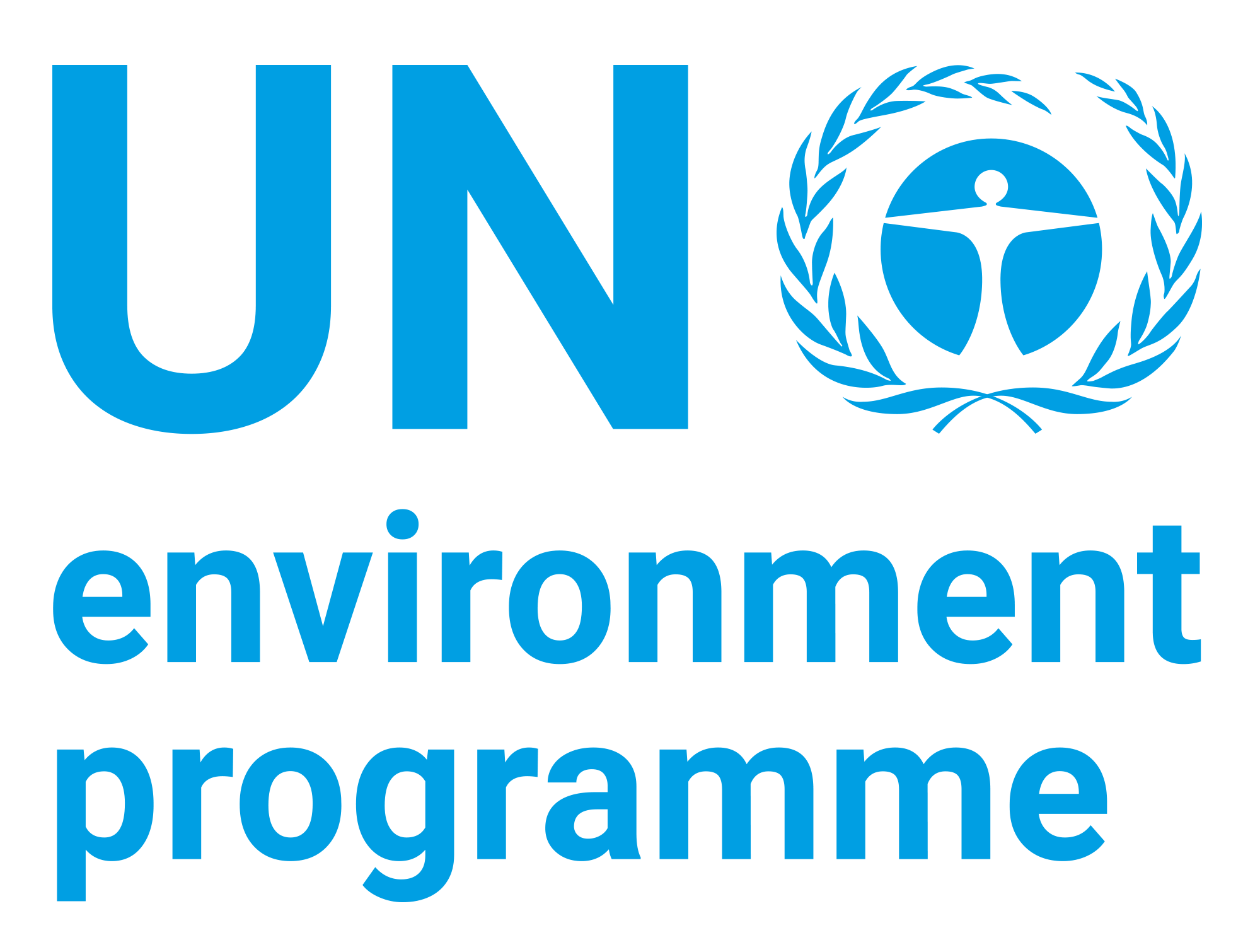An Assessment of Emissions and Mitigation Options for Black Carbon for the Arctic Council;Technical Report of the Arctic Council Task Force on ShortLived Climate Forcers (2011)

Date
2011Author
Arctic Council
Citation Tool
Bibliographic Managers
RT Generic T1 An Assessment of Emissions and Mitigation Options for Black Carbon for the Arctic Council;Technical Report of the Arctic Council Task Force on ShortLived Climate Forcers (2011) A1 Arctic Council YR 2011 LK https://wedocs.unep.org/20.500.11822/8679 PB Arctic Council AB TY - GEN T1 - An Assessment of Emissions and Mitigation Options for Black Carbon for the Arctic Council;Technical Report of the Arctic Council Task Force on ShortLived Climate Forcers (2011) AU - Arctic Council Y1 - 2011 UR - https://wedocs.unep.org/20.500.11822/8679 PB - Arctic Council AB - @misc{20.500.11822_8679 author = {Arctic Council}, title = {An Assessment of Emissions and Mitigation Options for Black Carbon for the Arctic Council;Technical Report of the Arctic Council Task Force on ShortLived Climate Forcers (2011)}, year = {2011}, abstract = {}, url = {https://wedocs.unep.org/20.500.11822/8679} } @misc{20.500.11822_8679 author = {Arctic Council}, title = {An Assessment of Emissions and Mitigation Options for Black Carbon for the Arctic Council;Technical Report of the Arctic Council Task Force on ShortLived Climate Forcers (2011)}, year = {2011}, abstract = {}, url = {https://wedocs.unep.org/20.500.11822/8679} } TY - GEN T1 - An Assessment of Emissions and Mitigation Options for Black Carbon for the Arctic Council;Technical Report of the Arctic Council Task Force on ShortLived Climate Forcers (2011) AU - Arctic Council UR - https://wedocs.unep.org/20.500.11822/8679 PB - Arctic Council AB -View/Open
Item Statistics
Display item statisticsMetadata
Show full item recordDescription
This report focuses on BC (black carbon) because the Arctic Council Task Force on Short-Lived Climate Forcers (henceforth referred to as the Task Force) decided that, among the SLCFs (short-lived climate forcers), BC requires the most additional technical analyses. BC is the carbonaceous component of particulate matter (PM) formed by incomplete combustion of fossil fuels and biomass. BC particles strongly absorb sunlight and give soot its black colour. Sources of BC emit a complex mixture of substances, including organic carbon (OC),nitrates, and sulphates. BC remains in the atmosphere for days to weeks and warms the climate by absorbing both incoming and outgoing solar radiation and by darkening snow and ice after deposition, thereby reducing the surface albedo, or reflectivity. This albedo effect is particularly prevalent in the Arctic region.
Collections
Document Viewer
To read more, scroll down below.

